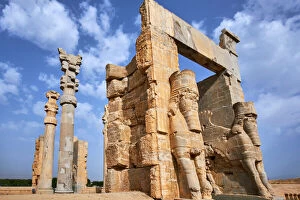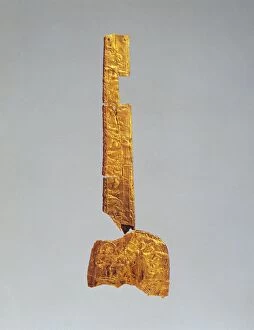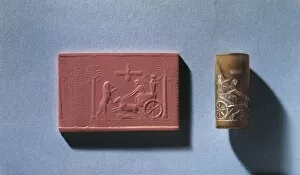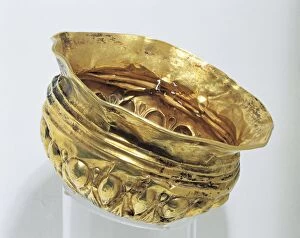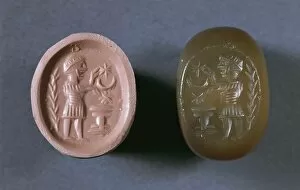Persian Civilization Collection
The Persian civilization, located in Iran's Fars Province, is a rich tapestry of history and culture
All Professionally Made to Order for Quick Shipping
The Persian civilization, located in Iran's Fars Province, is a rich tapestry of history and culture. One of its most iconic sites is Persepolis, an Achaemenid archaeological site that showcases the grandeur and splendor of ancient Persia. At the entrance to Persepolis stands the magnificent Propylon, also known as the Gate of all Nations. This imposing structure welcomes visitors with its intricate carvings and serves as a testament to the power and influence of Persian rulers. Persepolis itself has been recognized as a World Heritage site by UNESCO. Its grand staircases, such as those found in Apadana, are awe-inspiring architectural mastery. Artifacts from this civilization provide glimpses into their daily lives. Black-figure pottery like the Cup attributed to Oltos depicts scenes featuring Persian archers, showcasing their prowess in warfare. Warfare played a significant role in Persian society, as seen in reliefs portraying warriors on wagons discovered in Sardis, Turkey. These artworks highlight their military might and strategic skills. Persian kings were often depicted as powerful figures who conquered nature itself. The silver cup depicting King Firuz I killing two lions exemplifies their strength and dominance over wild beasts. Trade routes connected Persia with distant lands like Sardinia region in Italy where a bronze votive boat was discovered. This artifact represents the far-reaching influence beyond its borders. Even during Roman times, Persia continued to inspire artists across different cultures. The marble statue titled "The Persian on his knees, " which is a Roman copy from Greek original sculpture captures both admiration for and fascination with this ancient civilization. Goldsmithery was highly valued among Persians; one notable example being the Oxus treasure's gold scabbard for akinakes—a dagger adorned with depictions of lion hunts—showcasing exquisite craftsmanship and artistic skill.

